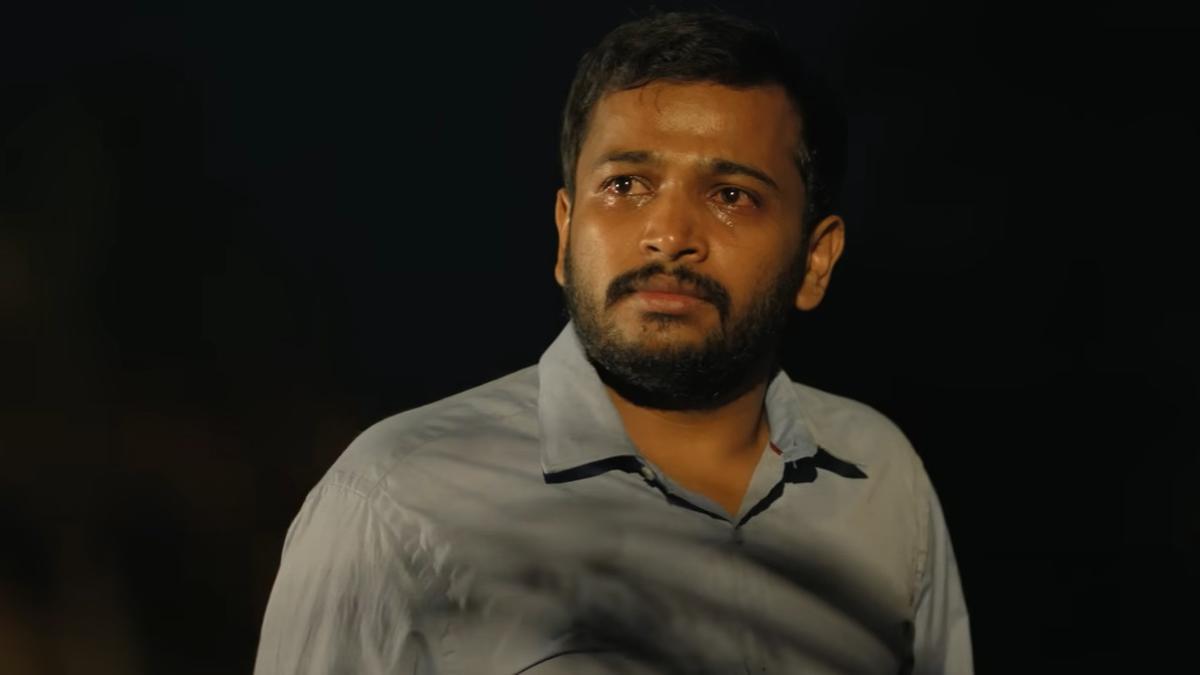
It was a display of sheer dominance and calculated chase by the Australian women’s cricket team as they set a new benchmark with the second-highest successful run chase in the history of women’s ODI cricket, making a strong comeback after their Test defeat to India. The spectacle unfolded at Mumbai’s Wankhede Stadium on a balmy Thursday, December 28, where the powerful Australian lineup hunted down an imposing target of 283 runs set by the hosts with six wickets to spare.
From the early stages, the Australian bowling contingent showcased their prowess, keeping the Indian batters on a tight leash. The hosts, finding themselves under relentless pressure, were facing the possibility of a collapse below the 200-run mark, but such fears were quelled by a gritty fightback. The partnership between a spirited Jemimah Rodrigues, who scored a swift 82 off 77 deliveries, and the all-rounder Pooja Vastrakar, who remained not out on 62 from 46 balls, infused new life into India’s innings.
Their tenacity at the crease steered India to post a challenging score of 282, providing a semblance of hope for a competitive encounter. Yet, the Australian response was nothing short of commanding. A clinical 148-run stand for the second wicket between the seasoned Ellyse Perry and the up-and-coming Phoebe Litchfield swung the momentum firmly towards the guests. This partnership laid the groundwork for Tahlia McGrath (68 off 55 balls) and Beth Mooney (42 off 47 balls) to apply the finishing touches with an 88-run stand that sealed the game.
With forlorn faces and an evident sense of disappointment, the Indian fielders could only watch as the ODI world champions ticked off the runs. Nonetheless, the Indian camp, guided by team management, holds on to a resilient belief in their ability to reverse fortunes in the subsequent matches of the series. Munish Bali, India’s fielding coach, stressed the importance of recovery, especially with a tight turnaround time between the first and the second ODIs.
As Bali articulated to the press, “Recovery is very important. We played a Test match and in a couple of days’ time we are playing one-day cricket, we have a game day after tomorrow.” He emphasized the necessity for a short memory: “We will need the girls to be fresh and for that our team is working on the part that they should recover well. Control-alt-delete this game, (on to the) next game.”
Striving for enhancements across the board, Bali acknowledged the need for India to step up their game in both fielding and bowling to compete with Australia’s standards. He conceded that while Australia batted remarkably, Indian fielding was patchy, though moments of brilliance were seen throughout. “We are playing ODI cricket after a long time so we can do better in fielding and bowling,” he observed. Highlights included a couple of direct hits and a superb catch by Sneh Rana that brought some energy to the team’s defense.
As the series progresses, it is clear that the Indian team will have to harness all their resilience and tactical acumen to counter the formidable Australian side. The memory of the drubbing may be forcefully erased, but the lessons must surely resonate within the team if they are to stage a successful comeback against the titans of women’s ODI cricket.










